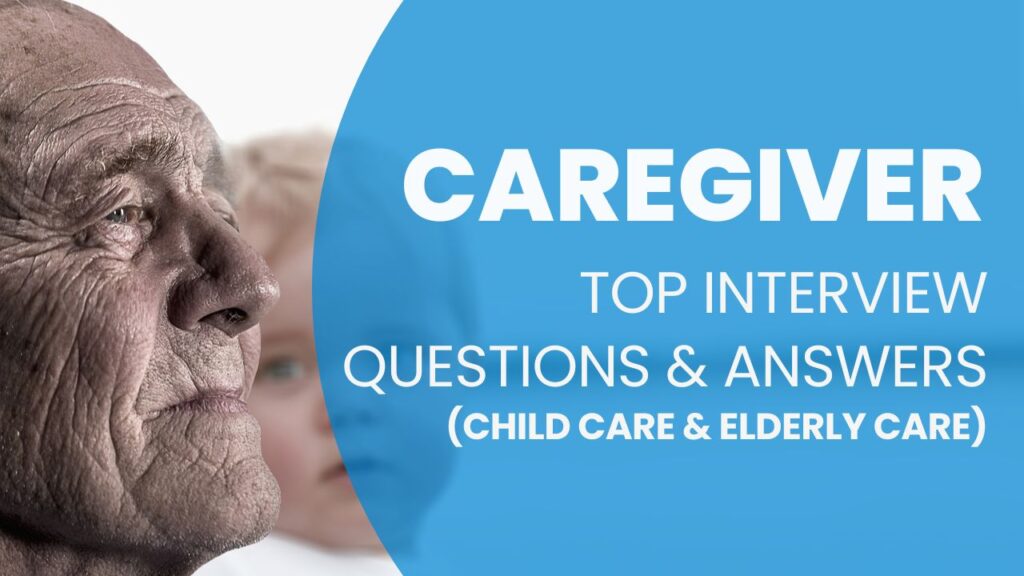Definition of the whooping cough
Whooping cough (it is also known as pertussis) it is a term that is used to describe the infectious disease caused by small Gram-negative bacteria named Bordetella pertussis. The term “whooping cough” is based on the characteristic noise made as the person at the end of a coughing attack that sounds like a high-pitched “whoop” as the person tries to suck in a breath. The disease is transferred from person to person by bacteria-contaminated with droplets formed during a coughing spell; however, the disease may be prevented by vaccinations.
Introduction:
Whooping cough is a bacterial upper respiratory disease that leads to episodes of forceful coughing. The disease derives its name from the characteristic sound produced when affected individuals attempt to inhale; the whoop originates from the inflammation and swelling of the laryngeal structures that vibrate when there is a fast inflow of air during inspiration. The whoop in not often appreciated in infants (newborn) and toddlers but will be recognized in older children, teens (13-19), and some adults (rarely). Infants and toddlers are more likely to have recurrent and frequent episodes of forceful cough, which may cause due to the facial cyanosis (bluish discoloration of the skin and mucous membranes) and rarely apnea (transient cessation of respiration). Whooping cough is highly infectious.
Medical practitioner is a described the first outbreaks of whooping cough in the 16th century. Researchers did not identify the bacterium responsible for the disease, Bordetella pertussis, until 1906. In the pre-vaccination era (during the 1920s and ’30s), there were over 250,000 cases of whooping cough per year in the U.S, with up to 9,000 deaths.
In the Nineteen Forties(1940), health care experts introduced the pertussis vaccine, blended with diphtheria and tetanus toxoids (DTP).By1976, the incidence of whooping cough in the USA gad decreased by over 99%.During the 1980s,however the incidence of whooping cough began to increase and has risen steadily, with epidemics typically occurring every 3 to 4 years in the USA. In the epidemic of 2005, the U.S. Centers for Disease Control and Prevention (CDC) reported 25,616 cases of whooping cough.
In 2008, over 13,000 instances of whooping cough were suggested inside the U.S., ensuing in 18 deaths. In the 2010 whooping cough outbreak, which included a virulent disease in California, there were 27,550 cases of pertussis reported nationwide. In 2012, healthcare care specialists said over 48,000 cases of pertussis infection in the U.S., the highest number of reported cases in one year since 1955
Epidemiology:
- International, whooping cough influences around sixteen million people yearly. One estimate for 2013 said it ended in approximately 61,000 deaths – down from 138,000 deaths in 1990.Another expected 195,000 child deaths every year from the disease international. This is in spite of generally excessive coverage with the DTP (Diphtheria and tetanus toxoids and pertussis). DTaP vaccines. Pertussis is one of the main causes of vaccine-preventable deaths global. About 90% of all cases occur in growing international locations.
Before vaccines, a mean of 178,171cases was mentioned within the U.S., with peaks reported every two to 5 years; more than 93% of reported cases occurred in kids under 10 years of age. The actual occurrence was probable a whole lot better. After vaccinations were introduced inside the Forties, pertussis prevalence fell dramatically to approximately 1,000 with the aid of 1976. Incidence rates have accelerated since 1980. In 2015, rates within the United States have been 20,762 people.
Pertussis is the most effective vaccine-preventable disease that is related to increasing deaths inside the U.S. The number of deaths increased from 4 in 1996 to 17 in 2001, almost all of which were infants under one year. In Canada, the variety of pertussis infections has numerous among 2,000 and 10,000 reported cases each year over the past ten years, and it is the maximum commonplace vaccine-preventable illness in Toronto.
In 2009 Australia pronounced an average of 10,000 cases a year and the wide variety of cases had increased. In the U.S. Pertussis in adults has improved extensively seeing that approximately 2004.
Symptoms and Signs of whooping cough
Symptoms of whooping cough vary. Early in the infection, the symptoms resemble those of a cold
- Nasal congestion (Blockage of nasal passages usually due to the membranes lining the nose becoming swollen from inflamed blood vessels)
- Nasal discharge,
- A dry cough.
- Mild fever
- Mild coughing
- Sneezing
After a week or two, signs and symptoms worsen. Thick mucus accumulates inside your airways, causing uncontrollable coughing. Severe and prolonged coughing attacks may:
- Cause extreme fatigue
- Result in a red face
- Vomit- provoking
- End with a high-pitched “whoop” sound during the next breath of air
Although, many people don’t develop the characteristic whoop. Sometimes, a persistent hacking cough is the only sign that an adolescent has whooping cough. Infants may not cough at all. Instead, they may struggle to breathe; they may even temporarily stop breathing.
Vaccine
Pertussis vaccines are effective at preventing illness and are recommended for routine use by the World Health Organization and the Centers for Disease Control and Prevention. The vaccine saved an estimated half a million lives in 2002.The multicomponent a cellular pertussis vaccine is 71–85% effective, with greater effectiveness for more severe strains. Despite widespread vaccination, however, pertussis has persisted in vaccinated populations and is today “one of the most common vaccine-preventable diseases in Western countries. The 21st-century resurgences in pertussis infections are attributed to a combination of waning immunity and bacterial mutations that elude vaccines. Immunization does not confer lifelong immunity; a 2011 CDC study indicated that protection may only last three to six years. This covers childhood, which is the time of greatest exposure and greatest risk of death from pertussis. An effect of widespread immunization on society has been the shift of reported infections from children aged 1–9 years to infants, adolescents, and adults, with adolescents and adults acting as reservoirs for B. pertussis and infecting infants who have had fewer than three doses of vaccine. Infection induces incomplete natural immunity that wanes over time. A 2005 study said estimates of the duration of infection-acquired immunity range from 7 to 20 years and the different results could be the result of differences in levels of circulating B. pertussis, surveillance systems, and case definitions used. The study said protective immunity after vaccination wanes after 4–12 years. One study suggested that the availability of vaccine exemptions increases the number of pertussis cases. Some studies have suggested that while cellular pertussis vaccines are effective preventing the disease, they have a limited impact on infection and transmission, meaning that vaccinated people could spread the pertussis even though they may have only mild symptoms or none at all.





